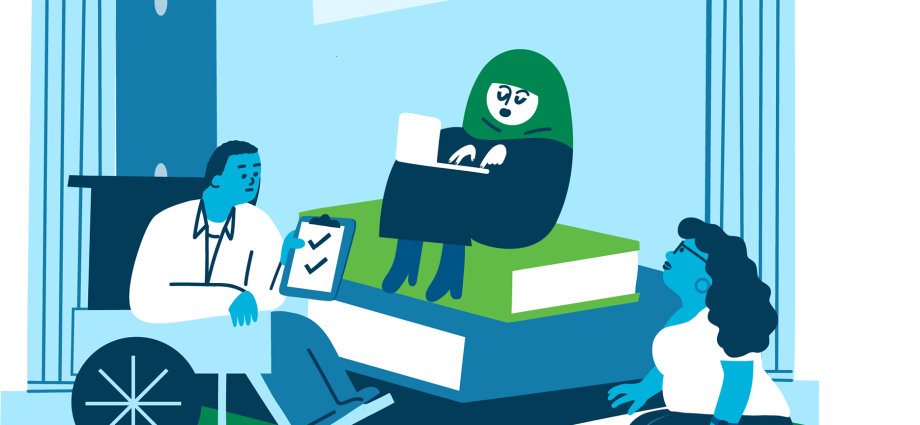Remember when packing for a trip meant just throwing in some clothes and your passport? Yeah, those days are gone. The world has reopened, but it’s a different world. And honestly, navigating it requires a new set of essentials—ones that are less about the right shoes and more about safeguarding your health, your finances, and your peace of mind.
Let’s dive into the two things every modern traveler absolutely must understand: the new rules of travel insurance and the ever-evolving safety protocols that can make or break your international adventure.
Travel Insurance: It’s Not a Suggestion Anymore
Pre-pandemic, travel insurance was often an afterthought, something you might skip for a short European jaunt. Now? It’s the cornerstone of any responsible travel plan. The risks are simply too high to ignore. But not all policies are created equal. You need to read the fine print like your trip depends on it—because it does.
COVID-19 Specific Coverage: The Non-Negotiable
This is the big one. You must, and I mean must, ensure your policy explicitly covers COVID-19-related issues. This isn’t always automatic. Look for these three critical coverages:
- Trip Cancellation/Interruption: If you test positive before departure or during your trip, will the policy reimburse you for non-refundable costs? This is arguably the most important feature.
- Medical Treatment: Covers the cost of treatment if you get sick with COVID-19 while abroad. Hospital bills in a foreign country can be astronomically expensive.
- Quarantine Accommodation: If you’re mandated to quarantine by local authorities, will the insurer cover your extended hotel stay and meals? This can save you thousands.
Beyond COVID: Other Crucial Policy Features
While COVID is top of mind, the classic coverages are still vital. Ensure your plan includes:
- Medical Evacuation: The golden ticket. If you have a severe medical emergency, this covers the immense cost of getting you to a quality hospital or even back home.
- Cancel For Any Reason (CFAR): This is an expensive upgrade, but it offers ultimate flexibility. It typically reimburses 50-75% of your trip cost if you cancel for a reason not listed in the standard policy—like a sudden fear of travel or a new variant making headlines.
- Coverage for Supplier Bankruptcy: With airlines and tour operators still on shaky financial ground, this protects you if a company you’ve booked with goes under.
Pro tip: Buy your insurance soon after you book your trip. This often makes you eligible for more benefits, like waived pre-existing condition clauses.
The New Landscape of Safety Protocols
Okay, so you’re insured. Great. Now you have to actually get there. And that means playing by a new set of rules that can change faster than a layover in Atlanta. It’s a dance, and you have to know the steps.
Before You Go: The Paperwork Puzzle
Gone are the days of just checking in online. Now, it’s a digital scavenger hunt. Your pre-flight checklist should include:
- Destination Entry Requirements: Check official government websites (not just blog posts!) for the latest on vaccination proof, negative test results, or health declaration forms. The UK’s requirements are different from Thailand’s, which are different from Chile’s.
- Digital Health Passes: Apps like VeriFLY and CommonPass are becoming standard for storing your health credentials and streamlining the airport process. Download them if your airline recommends it.
- Testing: Schedule your pre-departure test with a certified provider that can give you a timely result—and a proper certificate in English. A scribbled note from a clinic won’t cut it.
On the Ground: Navigating Your Destination
You’ve landed. The rules don’t stop at the airport. Local protocols can vary wildly from one city to the next within the same country.
In fact, you might find that mask mandates are strictly enforced in museums but relaxed in outdoor markets. Some restaurants may require proof of vaccination for indoor dining, while others won’t. It’s this patchwork of rules that demands constant vigilance. Pack a few high-quality masks (like KN95 or N95) even if you think you won’t need them—you’d be surprised.
Building Your Personal Safety Toolkit
Beyond the official rules, it’s about personal responsibility. Your toolkit should be both physical and digital.
- A “Go Bag” with Essentials: Hand sanitizer (TSA-friendly size and a larger one for your daypack), disinfectant wipes, and a spare pack of masks. Treat it like your new passport holder—always on you.
- Digital Copies: Have photos on your phone and physical copies of your vaccine card, passport, insurance policy, and emergency contacts. Email them to yourself as a backup.
- A Flexible Mindset: This might be the most important tool. Flights get canceled. Rules change. Attractions close. The ability to pivot without a full-blown meltdown is the ultimate post-pandemic travel skill.
The Bottom Line: It’s About Confidence, Not Fear
All these steps—the research, the insurance, the protocols—they aren’t meant to scare you. It’s the opposite. They are the foundation that allows you to travel with confidence again. They’re the seatbelt you click before a road trip. You don’t expect to crash, but you’re sure glad it’s there.
The romance of travel hasn’t disappeared. That thrill of discovering a new corner of the world is still there, waiting. It just now comes with a little more preparation. And maybe a few more hand wipes.

